Who’s afraid of the Houthis? Iran’s last proxy standing is proving no pushover for Israel
Repeated nighttime missile launches have brought the danger from Yemen to the fore. How did a group of mountain rebels in a faraway country rise to become a global threat?
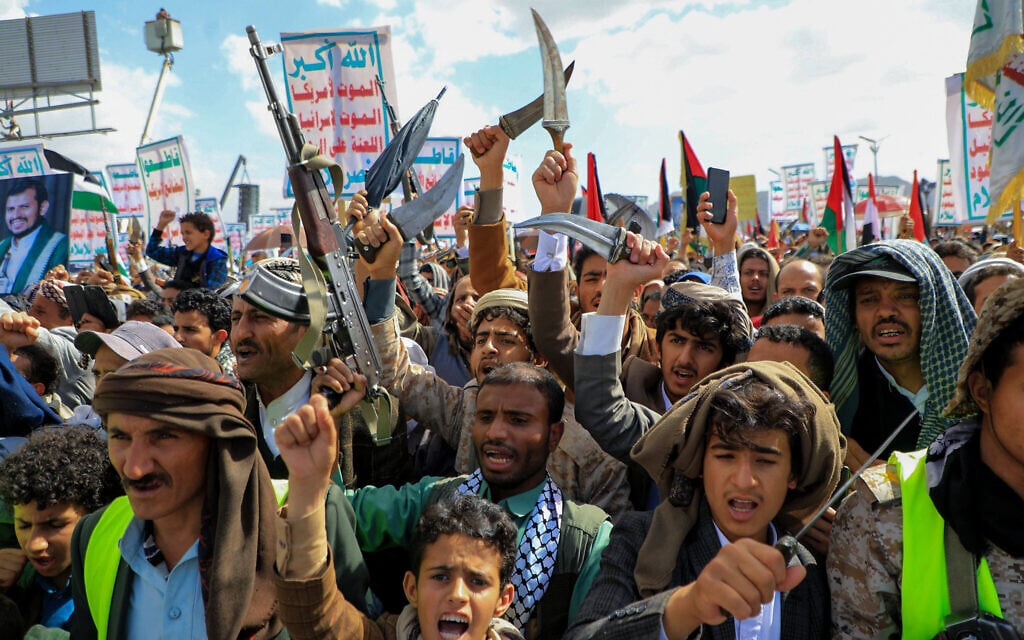
Eight times in the last two weeks, including at 4.30 a.m. Friday morning, millions of Israelis have been forced to seek shelter due to ballistic missile attacks launched from Yemen, usually in the middle of the night.
Behind the attacks stand a terror group known as the Houthis, who despite being located some 2,000 kilometers (1,200 miles) away, have managed to harass the Jewish state from afar, and put a chokehold on global commerce, while proving stubbornly resistant to Western attempts to put them down.
With Hamas’s military capabilities severely degraded, Hezbollah cowed into a ceasefire, Syria’s regime deposed and Iraqi militias reportedly deciding to cease attacks, it seemed in early December that Israel might finally be free of the wailing air raid sirens, thudding interceptions and deadly impacts that had become a constant torment since October 7, 2023.
But into the void have stepped the Houthis, the only active members of Iran’s “Axis of Resistance” still engaging in direct hostilities against Israel. In recent weeks, the rebel group has escalated high-powered long-range missile attacks to match the intensity and breadth, albeit not the frequency, of the threat formerly posed by their fellow Iran-backed proxies.
Historically, the Houthis have drawn inspiration from the Hezbollah terror group in Lebanon, once considered the strongest of Iran’s proxies with the tightest ties to Tehran.
“Their objective has always been to be the next Hezbollah,” said Mike Knights, a senior fellow at The Washington Institute for Near East Policy and a veteran expert of Iran-backed militias.
The threat posed by the group is compounded by their distance away from the Jewish state, which constrains airstrikes, Israel’s limited intelligence on possible targets, and perhaps most importantly — the Houthis’ extremism, an explosive mix of antisemitism, religious fervor, and an unparalleled willingness to die as martyrs and sacrifice Yemen for the Palestinian cause.
“Imagine a Lebanese Hezbollah that never got soft, that never had Beirut to live in and never lived a normal life,” said Knights.
“For the Houthis, life is nasty, brutish, and short,” he added, referring to incredibly dire humanitarian conditions in Yemen after years of civil war. “They are ideologically quite pure when it comes to being willing to accept martyrdom.”
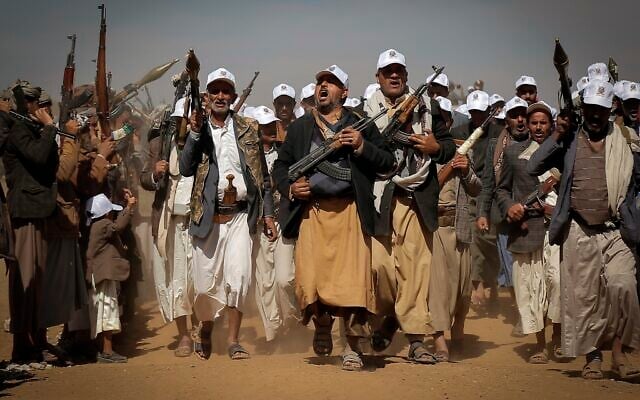
Where do the Houthis come from?
Originating in the mountainous northwest of Yemen, Ansar Allah (Supporters of God), as the Houthis are officially known, is an ethno-religious group shaped by the harsh environment and a fundamentalist interpretation of Islam. They belong to the Zaydi sect, a branch of Shiite Islam that splintered off in the eighth century over a religious dispute.
The group has long espoused extremism, operating under the slogan “God is greatest, death to America, death to Israel, a curse upon the Jews, victory to Islam.”
As a political force, the group first emerged in the post-unification turmoil of the early 1990s under the leadership of Hussein al-Houthi, a prominent tribal leader and opponent of Yemeni president Ali Abdullah Saleh, who was accused of corruption and of serving the interests of Saudi Arabia and the West.
Inspired by Iran’s Islamic Revolution and Hezbollah’s rise in Lebanon, Houthi sent close associates to them for military and religious training, thereby setting in motion a process of “Iranization” of the movement, according to Ahmed Khuzaie, a Bahraini political consultant and analyst based in Washington, DC.
This alliance was solidified under Qassem Soleimani, the late commander of Iran’s Islamic Revolutionary Guard Corps’ expeditionary Quds Force, who spearheaded Iran’s Axis of Resistance starting in the late 1990s.
Although not considered mainstream Shiites, the Houthis in recent years have emphasized their ties to the Shiite Islam practiced in Iran, aligning themselves with Tehran’s theocratic regime.
“Iran always goes for the underdogs to make allies,” said Khuzaie.
This strategy has seen Tehran form alliances with Hezbollah in Lebanon, the Alawite regime in Syria, and Shiite militias in Iraq as a bulwark against Sunni power.
“The Iranians recognized that they had a very determined, very tough partner in the Houthis,” said Knights. “They pushed them to the front of the queue among their partner forces in the region.”
Iranian Supreme Leader Ayatollah Ali Khamenei (R) meets with Mohammad Abdul Salam, who serves as spokesman for Houthi leader Abdul-Malik al-Houthi, July 30, 2024.
Guns but no butter
The Houthi insurgency began in earnest in 2004, following the Yemeni military’s killing of Hussein al-Houthi. His brother, Abdel Malik al-Houthi, assumed leadership and continues to head the group today.
In 2011, as the Arab Spring sparked uprisings across the Mideast, the Houthis seized the opportunity to expand their influence amid political chaos in Yemen.
By 2014, they had ousted the president, Saleh, and captured the capital, Sanaa, prompting a Saudi-led military intervention, which ended in 2022 under heavy international pressure.
Today, the Houthis control Yemen’s northwest, home to two-thirds of the country’s 34 million-strong population, though none of Yemen’s oil and gas resources. The internationally recognized government governs the south and east through various local administrations, with support from Saudi Arabia and the United Arab Emirates.
The civil war, now over a decade old, has made the country into a humanitarian basket case, with the UN reporting 18 million people in need of urgent aid, including nearly 10 million children, under famine-like conditions.
The country also has one of the world’s highest fertility rates at 6.2 children per woman, according to UN data, due to early marriage, limited education for girls, and low use of contraceptives.
The conditions have helped bolster the Houthis’ grip on power. “Families will literally sell their children to the Houthi movement because as soldiers, at least they’ll get fed,” said Knights.
Some foreign actors have taken advantage of the dire situation by recruiting Yemeni combatants to fight for them, including Russia for its war in Ukraine. “Essentially, what they are doing is getting rid of young men that they can’t feed,” said Knights.
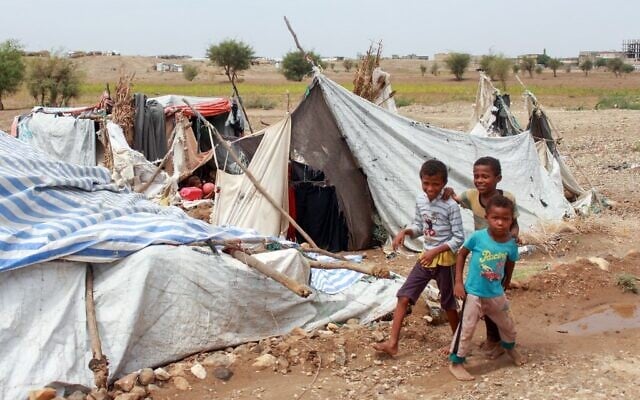
While they can count on a seemingly endless supply of combatants, the real threat to Israel and others in the region stems from the Houthis’ air power, which has evolved dramatically.
In 2013, they relied on basic Katyusha rockets; by 2015, with Iranian support, they were launching medium-range Scud ballistic missiles into Saudi Arabia. In the subsequent years, they repeatedly targeted Saudi oil refineries with attack drones and other projectiles.
Their arsenal now includes short-range rockets, enabling them to disrupt maritime trade in the Red Sea, as well as drones and “Palestine” long-range ballistic missiles, which they have vowed to keep launching at Israel until the war in Gaza ends.
The Houthis claim the Palestine missile, including a supposedly hypersonic version, is locally manufactured, but the weapon bears the hallmarks of missiles used by the IRGC.
While Iran claims it doesn’t arm the Houthis, ships bound for Yemen seized by the US and its allies have found Iranian weaponry, missile fuel and components on board.
Although Israel has managed to intercept many of the Houthis missiles and drones, several have snuck through air defenses, and falling shrapnel means even those shot down can still pose a threat.
Limited options for an expanding challenge
To confront the group, Israel has thus far carried out four rounds of escalating airstrikes in Yemen. Last week, Defense Minister Israel Katz said Israel would begin ratcheting up pressure on the Houthis by targeting its leaders, repeating a strategy employed against Hamas and Hezbollah.
But the Houthis represent a very different challenge from the other terror groups Israel has managed to subdue, and their leadership may prove harder to decapitate.
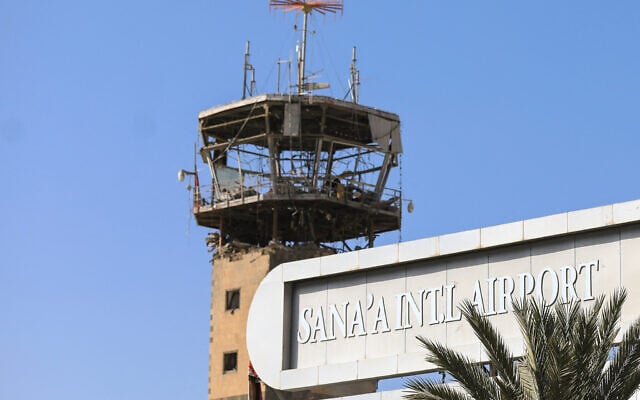
Houthi leader Abdul Malik al-Houthi is skilled at hiding his whereabouts, and for over a decade has managed to evade assassination attempts by Saudi and UAE intelligence services. Like slain Hezbollah leader Hassan Nasrallah, his speeches are always pre-recorded. But according to Knights, he is even more careful than Nasrallah, who famously hid from Israel for years before being killed in September.
“He’s like a ghost,” Knights said. “Only a handful of people at any time know where he is. He never has any electronic devices, and does almost no public appearances.”
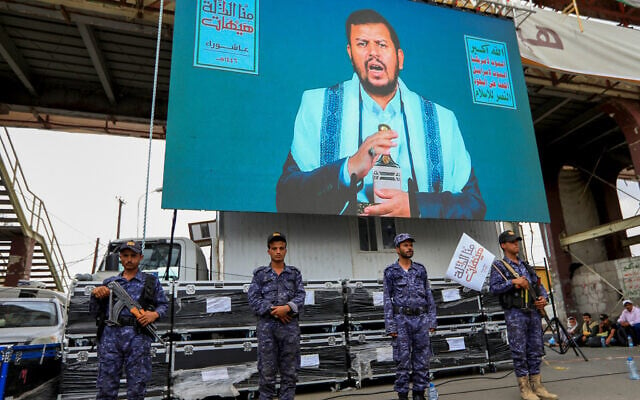
Because the Houthis have only recently become a major issue for Jerusalem, Israel is believed to have limited intelligence on not only the group’s leaders but also its weapons stores, restricting the bank of potential targets in airstrikes.
IDF strikes have so far targeted Yemen’s economic and civilian infrastructure — the Hodeida port in July, used by the Houthis to import fuel and weapons from Iran, as well as Sanaa International Airport and other maritime infrastructure in a series of strikes last week.
It appears, however, that the terror group, steeped in a murderous ideology, is thus far undeterred by attempts to level military or economic pressure on it.
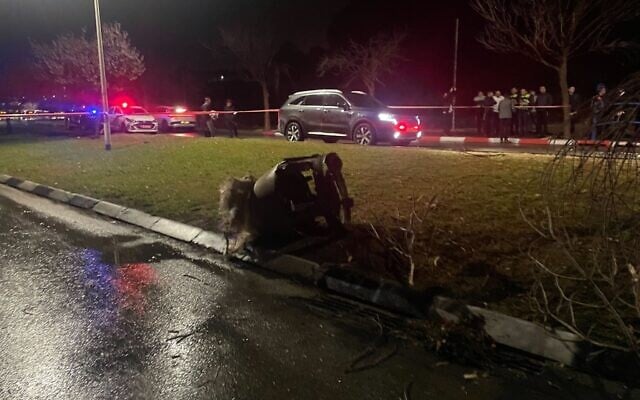
Knights noted that the most obvious way for Israel to halt the Houthi attacks would be to reach a ceasefire in Gaza, assuming the terror group keeps its word to stop shooting once a truce is achieved.
Another option would be to enforce a stricter blockade on Yemen with the cooperation of international partners, including stopping all incoming naval trade and overland smuggling routes from neighboring Oman to completely choke off the weapons supply from Iran.
A third option, and possibly the most effective, would be for Israel’s regional allies to provide military support to ground forces allied with the internationally recognized government who have been fighting the Houthis for years. Israel could quietly play an indirect role in supporting such a coordinated attack, said Knights.
By squeezing the group from the north, south and east, the Houthi rebels might quickly find their forces overstretched, forcing them to withdraw from key cities, the expert predicted. Knights noted that a similar scenario occurred in 2018, when Saudi-led pressure nearly forced the Houthis out of the Hodeida port.
“Then they would be pushed back into the mountains in the north, where they’re basically nobodies again,” he said.
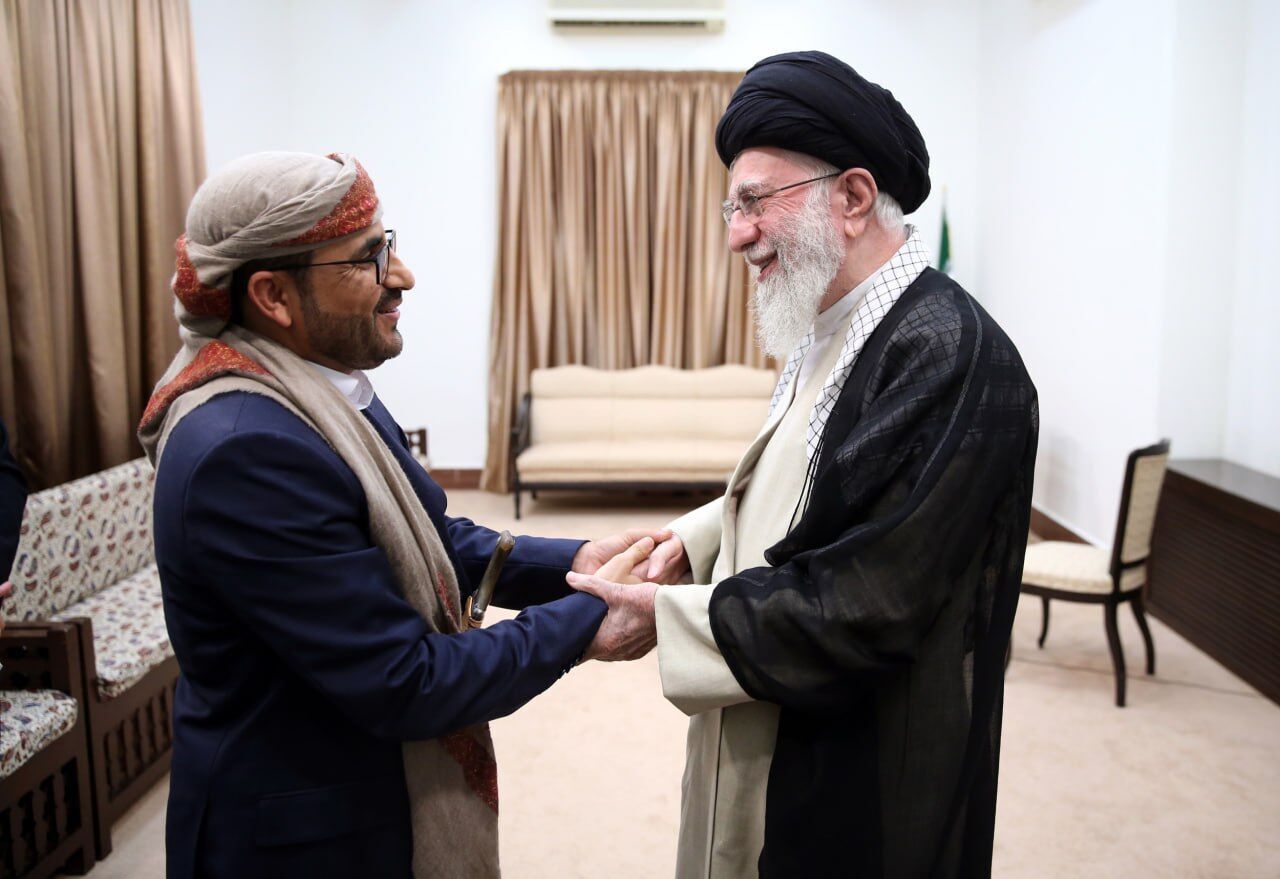
No comments:
Post a Comment